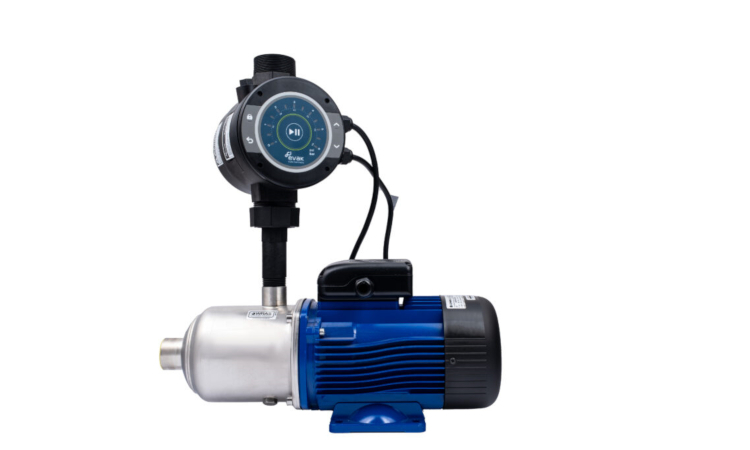- Energy Efficiency: The inverter lets the pump use power from renewable sources, like solar panels, saving energy and costs. It also adjusts the pump's speed based on the power available.
- Constant Pressure: The pressure tank keeps water pressure steady, even when demand changes throughout the day.
- Better Pump Performance: The inverter adjusts the pump's speed based on flow and head needs, reducing wear and extending its life.
- Protection Features: Integrated controllers often have built-in protections, like overload and dry run protection, to keep the pump and other parts safe, lasting longer, and needing less maintenance.
- Easy Installation and Maintenance: Having fewer separate components makes the system simpler to install and maintain.
- Remote Monitoring and Control: Many controllers let users check system performance, fix issues, and change settings from far away.
- Space-Saving Design: Combining the inverter and pressure tank into the controller saves space and makes it easier to install in tight areas.
- 8Cost Savings: Integrated systems can be cheaper than buying and installing separate parts. Plus, they save energy and need less maintenance, cutting long-term costs.
In short, a pump controller with an integrated inverter and pressure tank offers many benefits, improving water pumping system performance, efficiency, and reliability, while making installation and maintenance easier and saving money.

